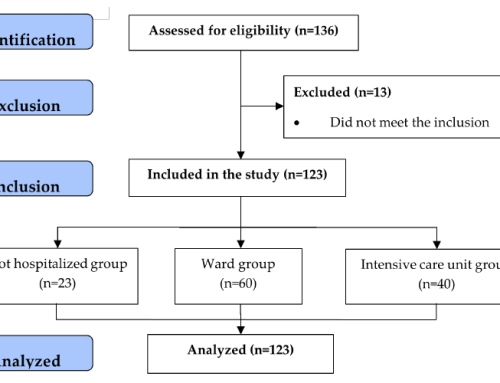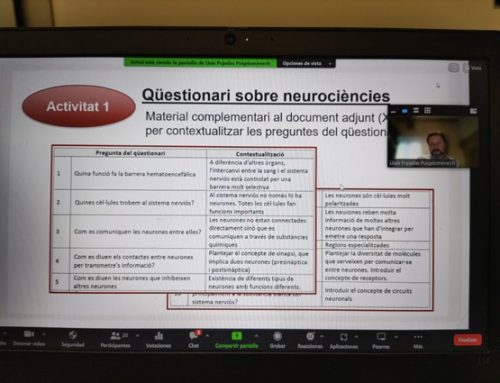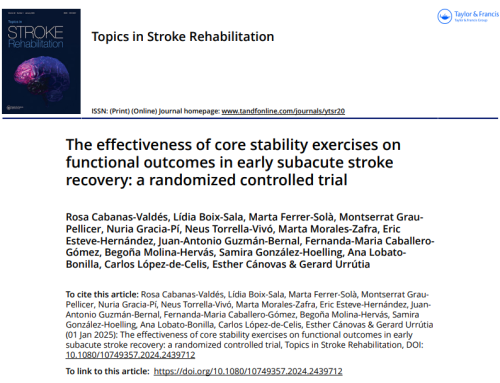ARTICLE. Ferrer-Sola M, Sureda-Vidal H, Altimiras-Roset J, Fontsere-Candell E, Gonzalez-Martinez V, Espaulella-Panicot J, Falanga V, Otero-Viñas M. J Wound Care. 2017 Oct 2;26(10):593-599. doi: 10.12968/jowc.2017.26.10.593.
Abstract.
OBJECTIVE: Hydrosurgical debridement allows removal of non-viable tissue, preserving healthy tissues. This study was designed to analyse whether hydrosurgery, used in a clinical wounds unit, is an effective and safe method that may reduce debridement time.
METHODS: Patients’ wounds had the following characteristics: wounds with devitalised tissue needing rapid debridement, wounds with cavities, or non-healing wounds. Hydrosurgical debridement uses a pressurised stream of saline (0.9% sodium chloride) and a vacuum around this stream to remove the devitalised tissue of the wound, preserving healthy surrounding tissues.
RESULTS: This prospective study comprised of 53 wounds from 39 patients. The wound aetiology included 39.7% arterial insufficiency, 22.6% pressure ulcers (PUs), 15.1% diabetic foot ulcers (DFUs), 9.4% venous leg ulcers (VLUs), and 13.2% from other aetiologies. The percentage of wounds according the size was the following: 32.1% (<10cm2), 43.4% (10-49cm2), 15.1% (50-99cm2), and 9.4% (≥100cm2). Superficial wounds were 43.4% of the total and 56.6% of wounds had cavities. Pain associated with the hydrosurgery was mild to moderate. There were no hydrosurgery-related adverse events. For effective debridement, the required sessions were as follows: one procedure (73.6%), two procedures (18.9%) and three procedures (7.5%). There was a statistical significant direct correlation (r=0.307) between the number of required sessions and wound size. All patients improved in a week (>80% of granulation tissue).
CONCLUSION: We demonstrate that hydrosurgery is an effective and rapid debridement method that can be used safely in the outpatient setting.












Leave a Reply